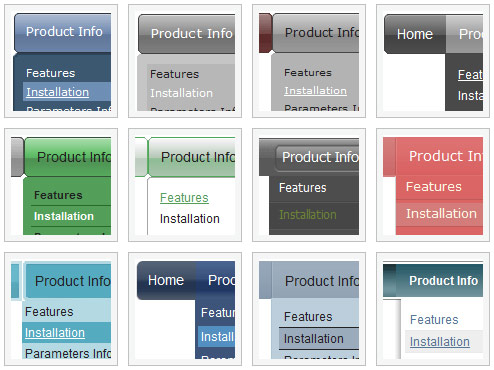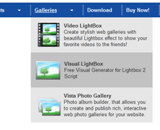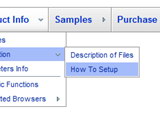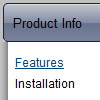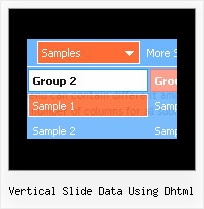Recent Questions
Q: We're working on new website and including your html menu systems.
Here's what we're trying to do and it keeps giving us an error (using MS Frontpage for development):
1) We have created a single leftnav menu that will appear on all of the pages of our website.
2) We've created an html page called leftnav.htm that is only this menu. It works just fine when we preview within Frontpage. The leftnav.htm and all the menu .js files are in a unique folder within the site.
3) We then have a template page that is the base template for many of the pages on our website. There is a layout table in this template into which we do an Includepage to bring in the leftnav.htm. When we try to preview this page with the menu included, we get a script error that says "Object expected" on line #155 (the .js file only has 154 lines of code).
We're stuck. Is there a problem with how we're trying to implement the html menu systems?
A: It is possible that you'll have an error in the Frontpage's preview.
Try to open your page in browser. If you'll have the same error,please send send us a copy of your html pages (including .js files) and we will check it.
Q: Multiple license does that mean I could use drop down javascript menu for 10 sites?
A: With Multiple Website you can use Deluxe Menu on any number ofInternet/Intranet websites.
You generate your own keys using generator account.
Q: I’m interested in adding cascading navigation bar to a website that was written in Microsoft Frontpage.
A: Deluxe Menu wasn't developed as Dreamweaver/Frontpage/Yahoo SiteBuilder extension,
BUT you can use it as standard Javascript files. To install the menuinto your html page:
1. open the page in your program
2. open html source code of the page
3. add several rows of code (<script> tags).
For info see: http://deluxe-menu.com/installation-info.htmlQ: My second “drop down” column of the milonic dhtml menu goes up instead of down like the rest..Can you tell me how to correct this?
A: Try to set the following parameter:
var subMenuVAlign="bottom";
